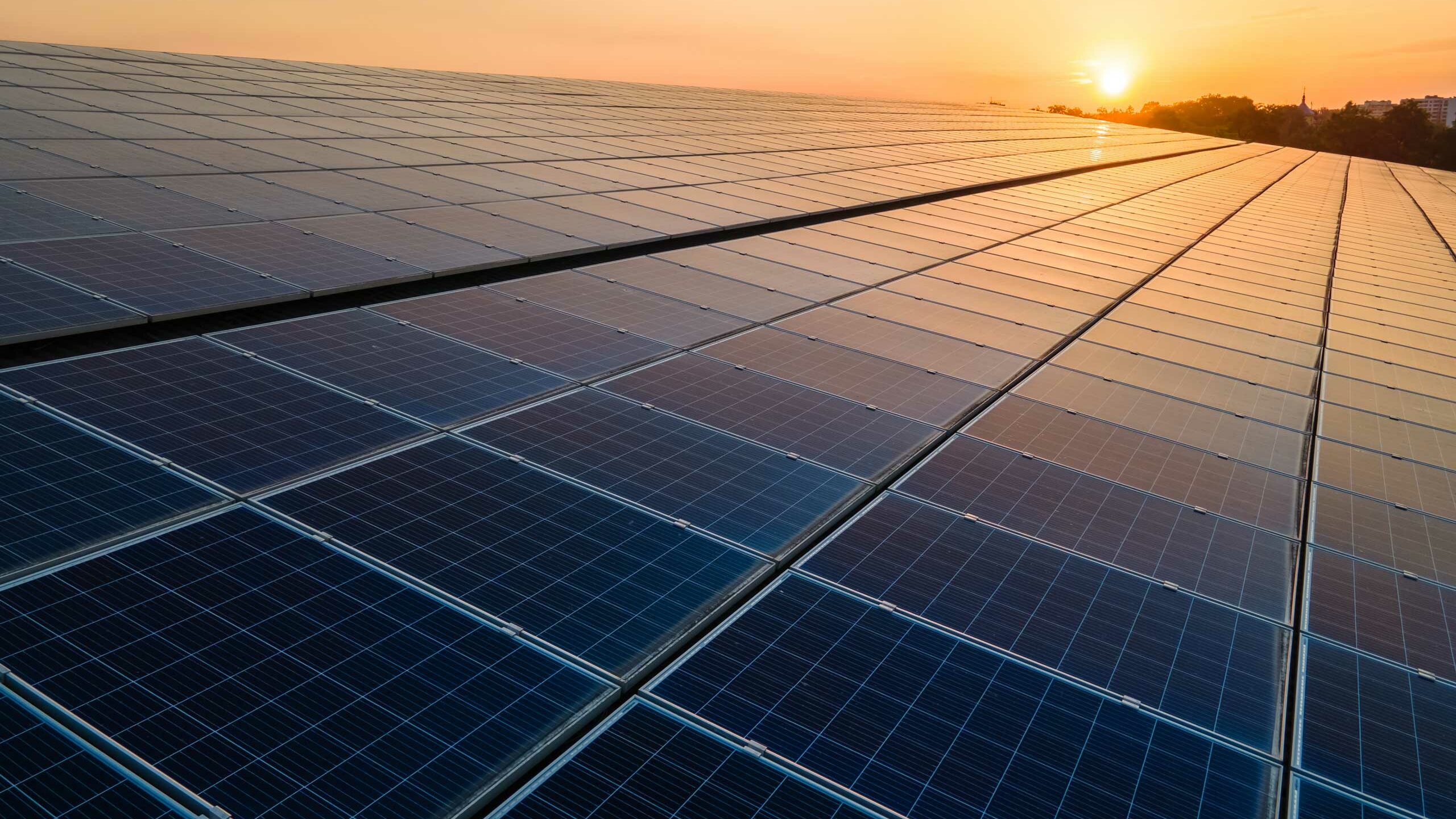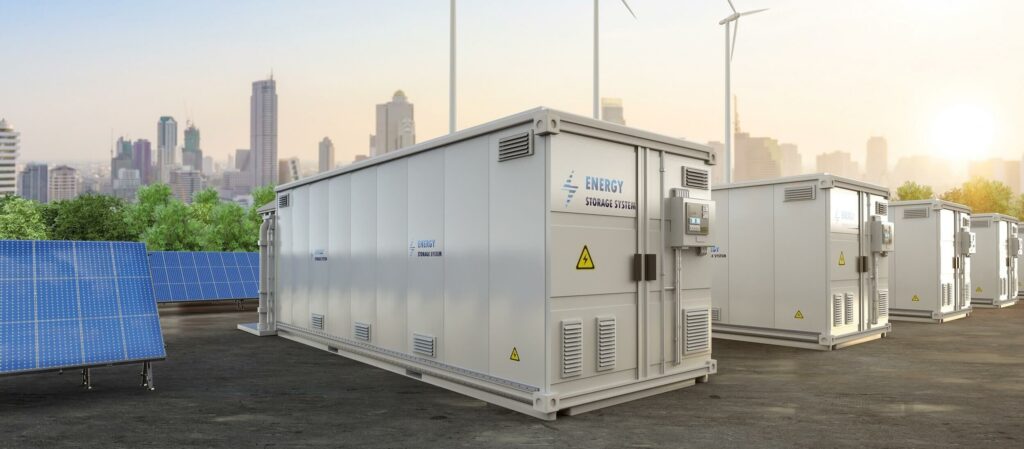The Challenges and Outlook for BESS Developments in Malaysia
Ahead of next week’s Offshore Technology Conference Asia (OTC Asia), taking place in Kuala Lumpur, our battery energy storage systems (BESS) consultants discuss the current market climate for BESS in Malaysia, the technology’s critical importance to supporting the country’s energy transition goals, and the challenges that require addressing to support BESS development.
The Malaysian National Grid and power systems face numerous challenges in the coming years with an expected rise in electricity load and the integration of more renewable energy (RE) sources. Specifically, Malaysia has set RE capacity targets of 31 % and 40 % by 2025 and 2035, respectively, which will be primarily supported by solar (PV), mini-hydro and biomass.
According to Malaysia’s Energy Transition Plan 2021-2040, PV is expected to be the most significant contributor to Malaysia’s renewable energy generation. The estimated solar irradiance in Malaysia averages between 4000-5000 W/m2. From this, the IEA has calculated that Malaysia has a PV potential capacity of almost 270 GW, of which 2 GW has been awarded via large-scale solar tenders and net-metering schemes. The intermittent production of energy from PV will lead to an energy mismatch between supply and demand if grid flexibility is not also improved. Furthermore, peak energy demand in Malaysia is expected to rise on average by 1.6 % annually till 2030, increasing grid system costs from RM 28.79 billion (2021) to RM 41.96 billion (2030), which will likely be passed on to the consumer, resulting in higher energy prices.

To address these issues, the Malaysian government aims to support 20 % of their electricity production sites with BESS and 500 MW of ESS is already planned under the Peninsular Malaysia Generation Development Plan (2020). One of the main drivers for this is the expiry of 7 GW of coal PPAs out of Malaysia’s 13 GW produced from coal. With the support of BESS, the replacement power of intermittent renewables such as solar over coal increases and therefore system flexibility. Moreover, BESS technology can also provide spinning reserves, voltage support, frequency regulation, arbitrage service, peak shaving and blackout services. These services provided by BESS will increase grid flexibility, addressing the high system costs caused by integrating more renewables and the expected future grid congestion.

The adoption of BESS itself has its limitations. These include the lack of supporting regulatory framework, sufficient investment and addressing supply chain issues behind BESS projects. With the current policy framework and planned RE projects (BAU), Malaysia will miss out on their 2025 and 2035 RE capacity goals by 2 % and 8 %, respectively. Additionally, the expected supply issues of materials such as cobalt, lithium and cobalt will hinder market growth. Recent studies suggest that a focus on incentives such as FITs and financial schemes including government financing and non-governmental funds will encourage more adoption of BESS.
Overall, BESS is an attractive investment in the future in Malaysia, and over the next five years, the BESS market in Malaysia will have a CAGR of 5.28 % based on market predictions and grow from around $700 million to over $950 million by 2028.
Meet OWC’s regional director for Asia Pacific, Riccardo Felici, at the ABL Group stand at OTC 2024:
Where: Stand B502, Hall 5
When: 27th Feb – 1st March
And discuss how OWC can support companies in developing energy transition technologies, including floating solar PV, hydrogen and BESS.
